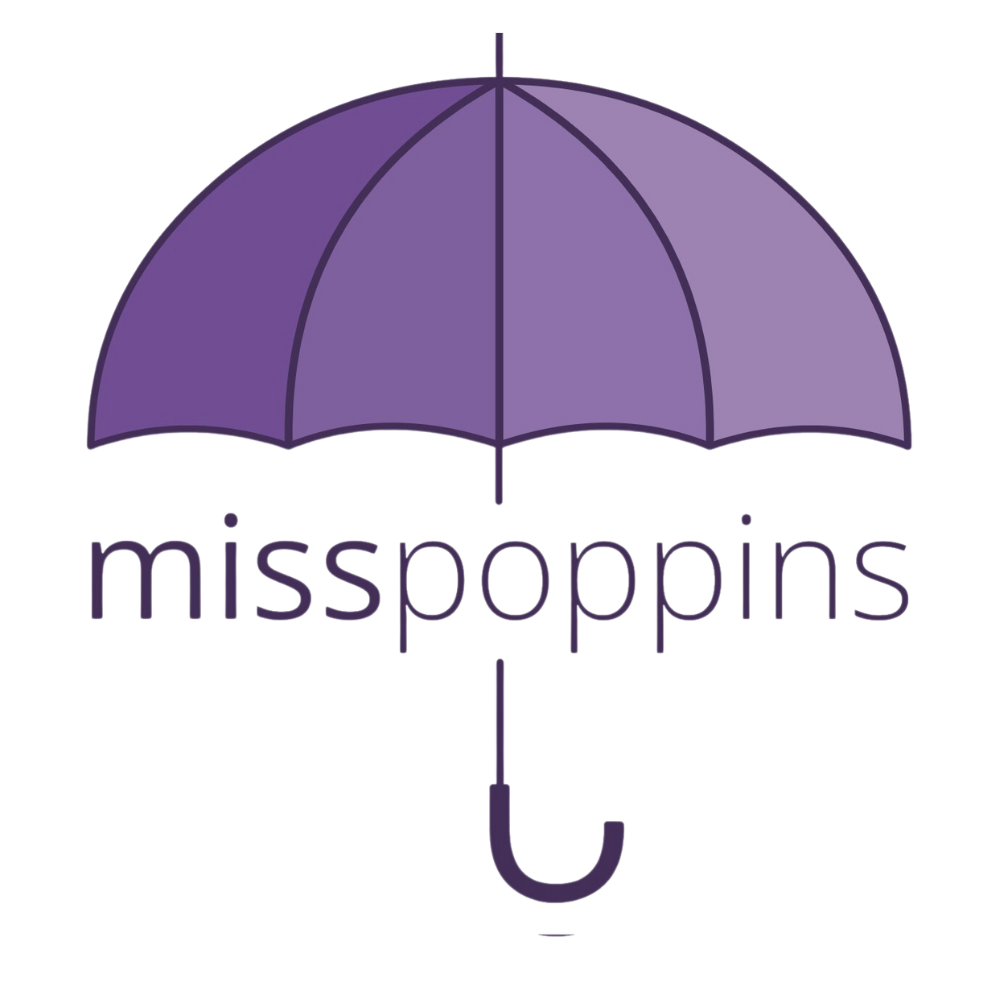Language Duets: The Receptive Riddles and Expressive Epics
Think of language communication as a dynamic duo, the Batman and Robin of talking. On one side, we've got 'Receptive Language' – the vigilant listener, the Sherlock Holmes of understanding what's being said. On the other side, meet 'Expressive Language' – the eloquent speaker, the Shakespeare of putting thoughts into words. Together, they're the dynamic duo of communication, and your child's journey involves mastering both sides of this linguistic superhero team!
Receptive language is like your child's secret spy mission, where they play the 'Secret Agent Listener.' They may not be giving away any secrets, but they're experts at decoding the messages coming their way. So, think of it as their top-notch eavesdropping skills for understanding what's said to them. Following Instructions: When your child listens and carries out tasks like "Please pick up your toys" or "Come to the dinner table."
Responding to Questions: When they answer questions such as "What's your favorite color?" or "Where is your teddy bear?"
Understanding Stories: Being able to comprehend and follow along with a story being read to them.
Identifying Objects: Pointing to or fetching objects when asked, like "Can you give me the red ball?"
Recognizing Names: Reacting when they hear their name called, indicating they understand it's them being addressed.
Following Classroom Instructions: In a school setting, understanding and complying with teacher directions.
Expressive language is your child's superpower for turning thoughts into words – it's their 'Word Wizardry.' It's like having a magic wand that helps them conjure up sentences and ideas to share with the world. So, think of it as their own personal Hogwarts of communication
Expressing Feelings: Conveying their emotions, like saying "I'm happy" or "I'm sad."
Narrating: Talking about what they are doing or what is happening around them, for instance, "I'm building a tall tower with my blocks" or "Look, a bird is flying!"
Singing Songs and Rhymes: Participating in songs and rhymes, singing along to familiar tunes or creating their own lyrics.
Participating in Conversations: Engaging in back-and-forth conversations, sharing thoughts and responding to what others say.
Expressing Creativity: Using language to create art, stories, or poetry.
In the captivating world of language, receptive and expressive skills are the stars of the show, the dynamic duo that keeps communication humming. As we reach the final curtain call of this linguistic performance, remember that your child's journey is a one-of-a-kind story, and milestones are just the plot twists in their linguistic adventure

